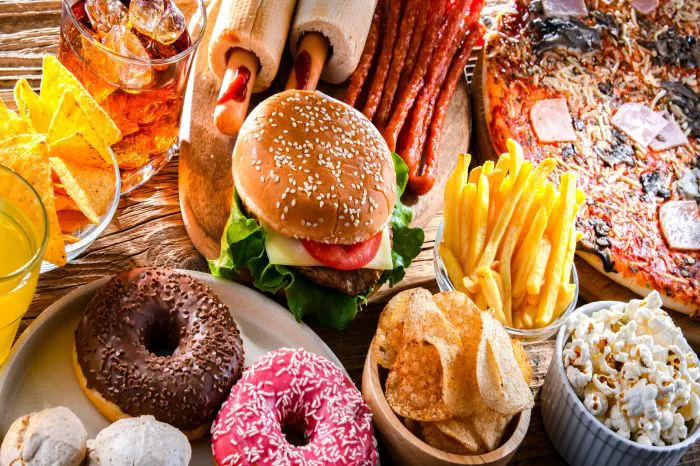The classification of fast food establishments as retail can be a topic of debate and may vary depending on the context and criteria used for classification. In a broad sense, retail refers to the sale of goods or services to consumers for their personal use or consumption. Fast food establishments, which primarily sell prepared food and beverages for immediate consumption, can indeed fall within this definition. However, whether they are considered retail establishments may depend on various factors, including the nature of their operations, the types of goods and services offered, and the industry standards or regulations in place. In this comprehensive exploration, we’ll delve into the classification of fast food as retail, examining the characteristics of fast food establishments, their role in the retail sector, and the implications of this classification.
Understanding Fast Food
Fast food establishments are characterized by their quick service, standardized menu offerings, and focus on convenience. These establishments typically offer a range of menu items, including burgers, fries, sandwiches, salads, and beverages, which are prepared and served to customers within a short period. Fast food restaurants often feature a self-service or counter-service model, where customers place their orders at a counter and receive their food either to-go or for consumption on-site. The fast food industry encompasses a wide range of chains and brands, from global giants like McDonald’s, Burger King” data-wpil-keyword-link=”linked”>Burger King, and kfc” target=”_blank” rel=”noopener” title=”KFC” data-wpil-keyword-link=”linked”>KFC to regional or local chains and independent eateries.
Classification of Retail
Retail encompasses a diverse range of businesses and establishments involved in the sale of goods or services to consumers. Retail establishments can include brick-and-mortar stores, online retailers, supermarkets, department stores, convenience stores, specialty shops, and more. The key defining characteristic of retail is the direct interaction between the retailer and the consumer, where goods or services are exchanged for payment. Retailers may sell a wide variety of products, including clothing, electronics, groceries, household goods, and, yes, prepared food and beverages.
Fast Food as Retail
Given that fast food establishments engage in the sale of prepared food and beverages directly to consumers for immediate consumption, they can be considered a subset of the retail sector. From a consumer perspective, visiting a fast food restaurant involves the same basic transactional elements as shopping at a retail store: selecting items from a menu or display, paying for those items, and receiving them for consumption. Fast food chains often operate physical locations, employ retail staff, and utilize marketing and advertising strategies commonly associated with retail businesses.
Implications of Classification
The classification of fast food as retail has various implications for stakeholders, including businesses, consumers, policymakers, and industry observers:
Regulatory Framework: In many jurisdictions, fast food establishments are subject to regulations and oversight similar to those governing other types of retail businesses. This may include health and safety regulations, food safety standards, labor laws, zoning regulations, and licensing requirements.
Economic Impact: Fast food chains contribute significantly to the retail sector’s overall economic activity, generating revenue, creating jobs, and driving consumer spending. Their presence in shopping centers, urban areas, and commercial districts contributes to foot traffic and economic vitality.
Consumer Behavior: Recognizing fast food as retail underscores the role of consumer preferences, convenience, and affordability in driving purchasing decisions. Fast food restaurants compete with other retail establishments for consumer spending and must adapt to changing tastes and trends to remain competitive.
Public Health Considerations: Viewing fast food as retail highlights the intersection of food access, nutrition, and public health. Policymakers and health advocates may leverage retail strategies and interventions to promote healthier eating habits, reduce food deserts, and address obesity and diet-related diseases.
Conclusion
In conclusion, while the classification of fast food establishments as retail may not be universally agreed upon, there is a strong case to be made for considering them as such. Fast food restaurants engage in retail transactions, selling prepared food and beverages directly to consumers for immediate consumption. They operate within the broader retail sector, contributing to economic activity, consumer choice, and public health considerations. Recognizing fast food as retail underscores its significance as a retail category and its implications for various stakeholders. Whether viewed as retail or not, the fast food industry remains a prominent and influential player in the global economy and consumer landscape.

